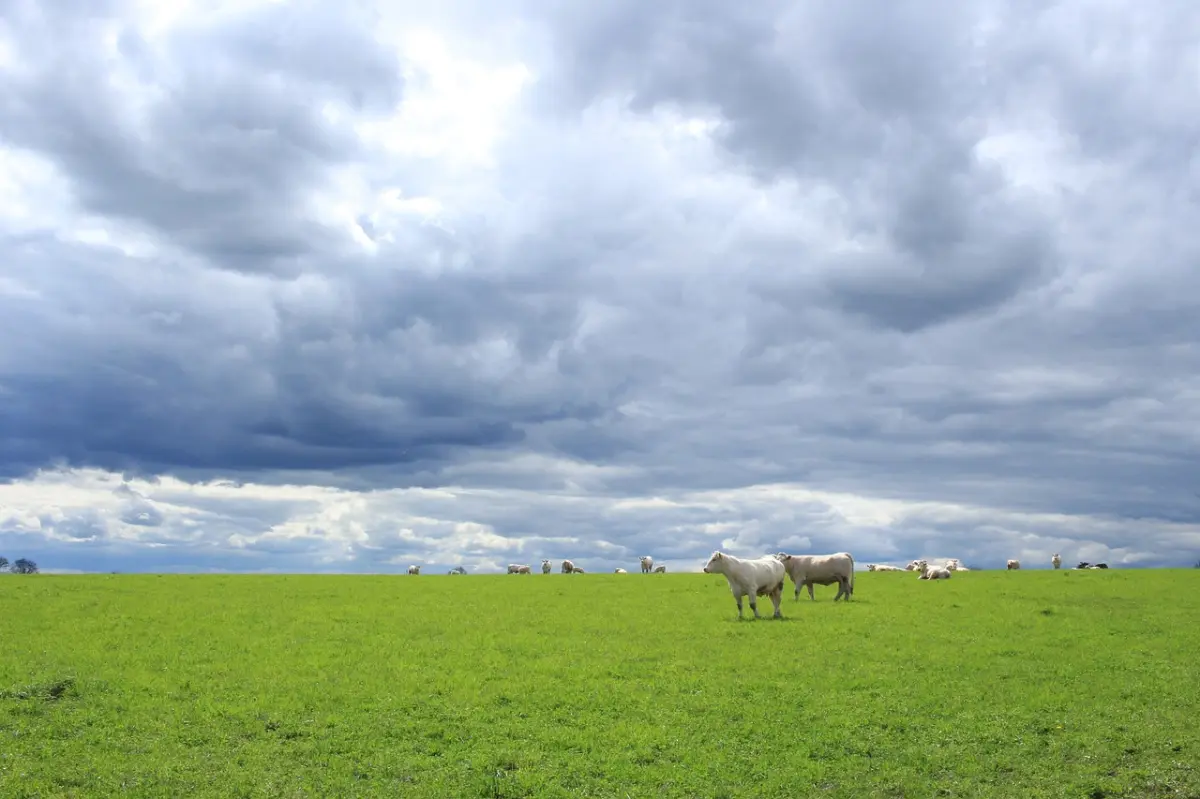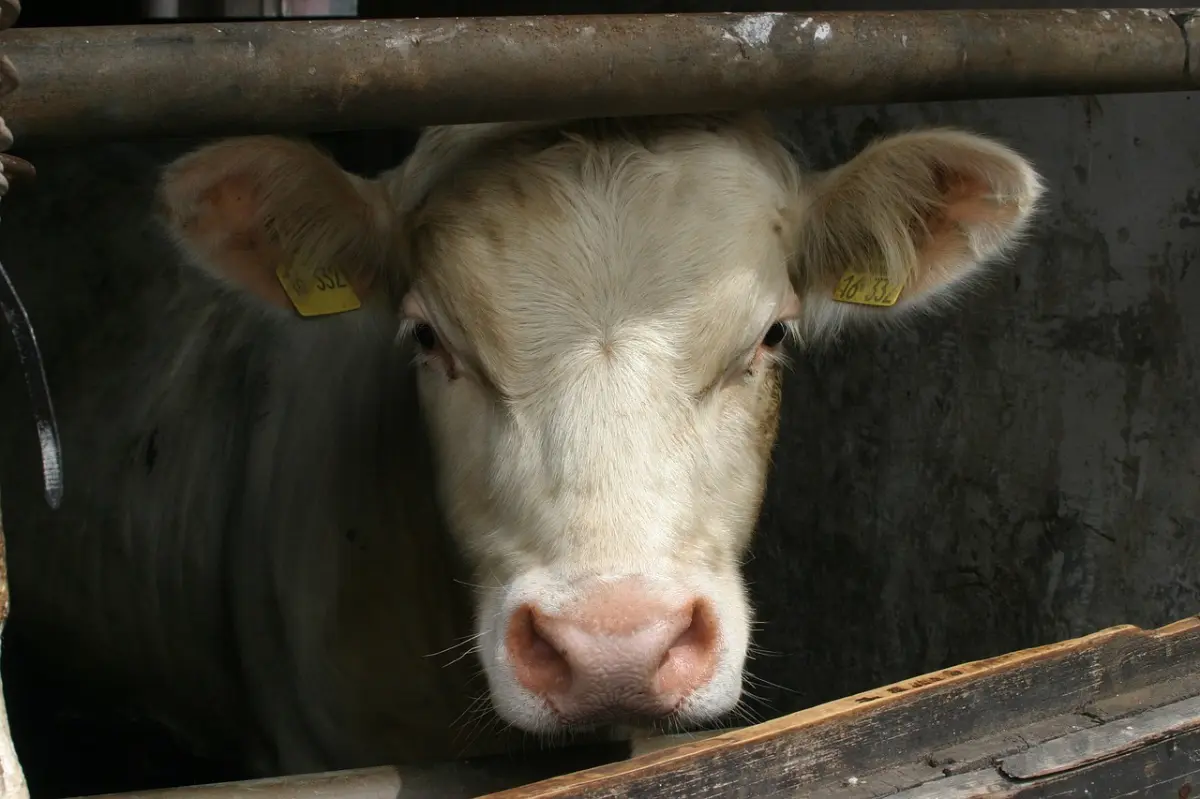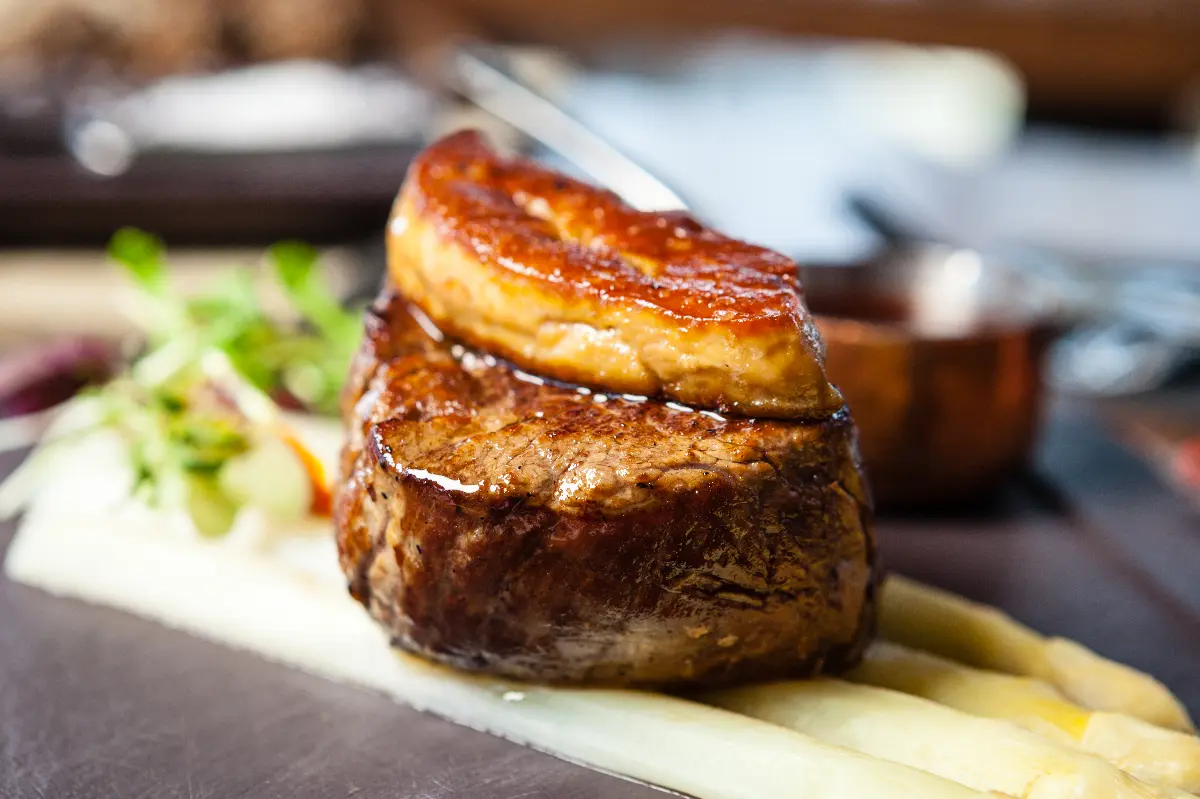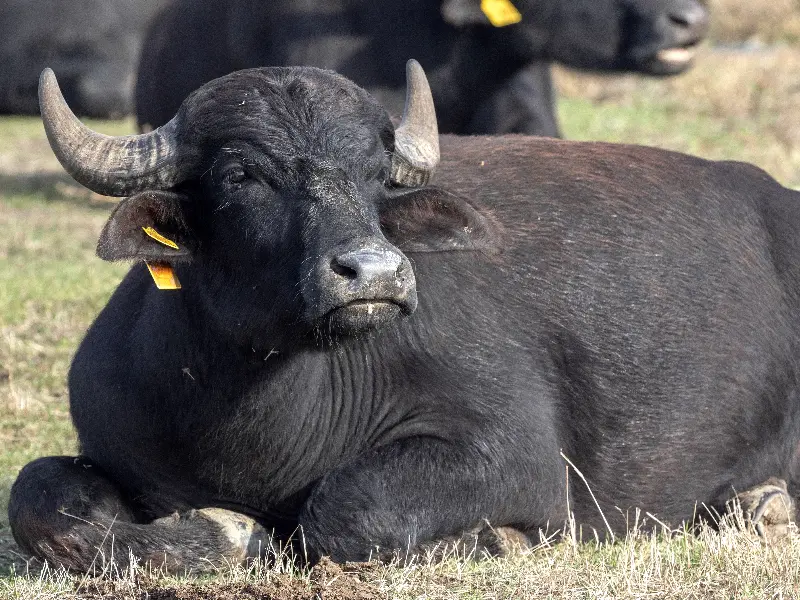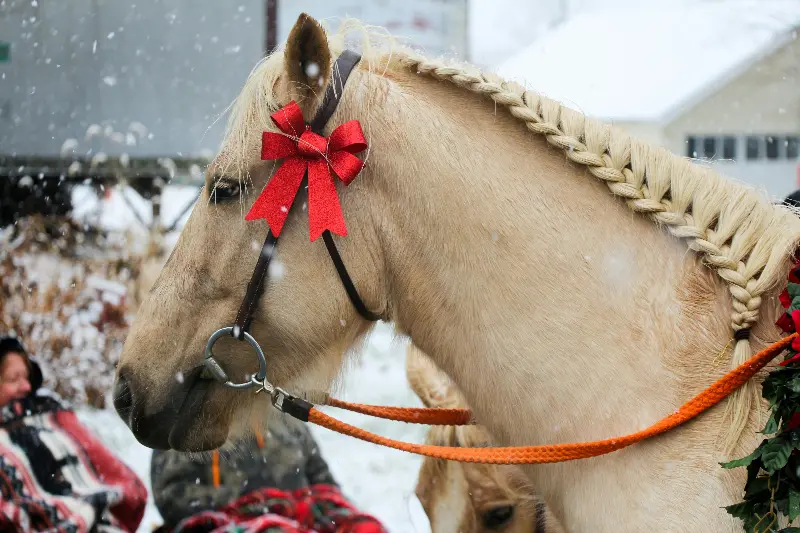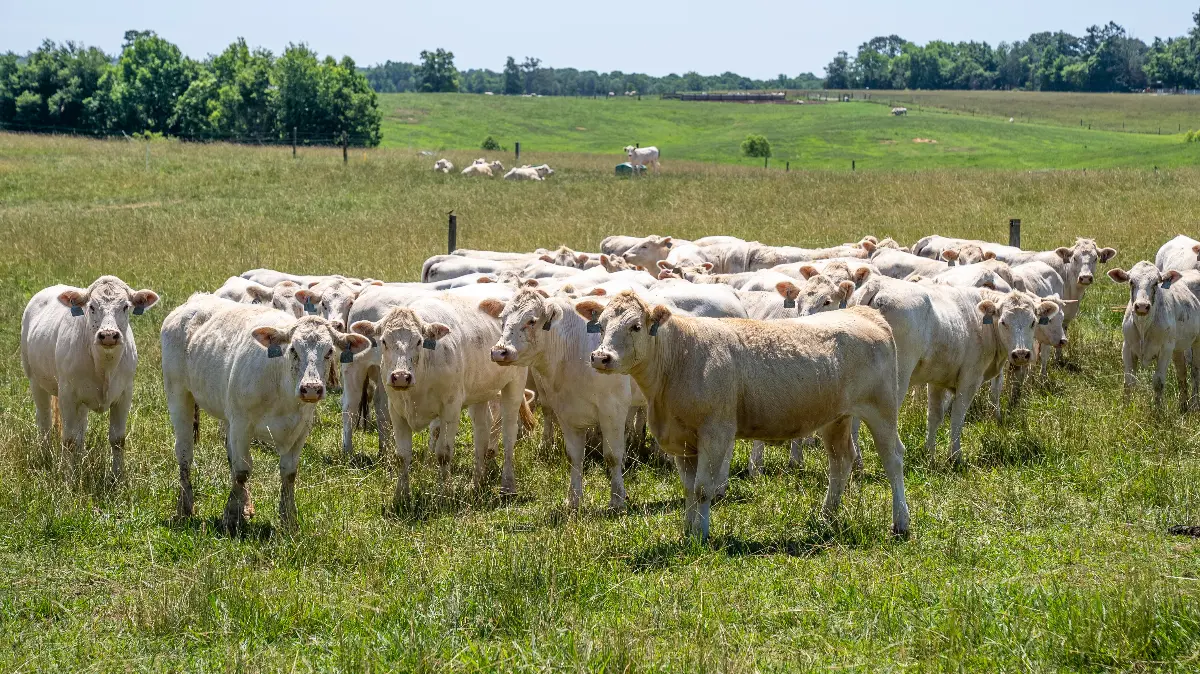
Helyszín címkék:
Snow-white cattle live in a secret village in Baranya
Szabó Sára
In Baranya County, not far from Abaliget, passing through Husztót, known for the Tomato Garden of Ildikó Csendes, we find Szatina after Kishajmás. At the end of a single road that winds into the mysterious dead-end village, you are greeted by an idyllic scene: neat houses dot the centre of the village and snow-white cattle graze in the surrounding pastures. It’s rare to see such robust yet graceful, almost mystical-looking animals, whose very name suggests a status of nobility. The Charolais is a friendly animal with a calm temperament, a real “lamblike”, and its meat is world class! These are the kind of animals that rest on the farm of Nándor Csordás, hiding from the hot sunshine in the trees. It is difficult to fit them in, as these breeds can grow to be huge: cows can weigh 750 kilograms and bulls up to 1,200 kilograms.
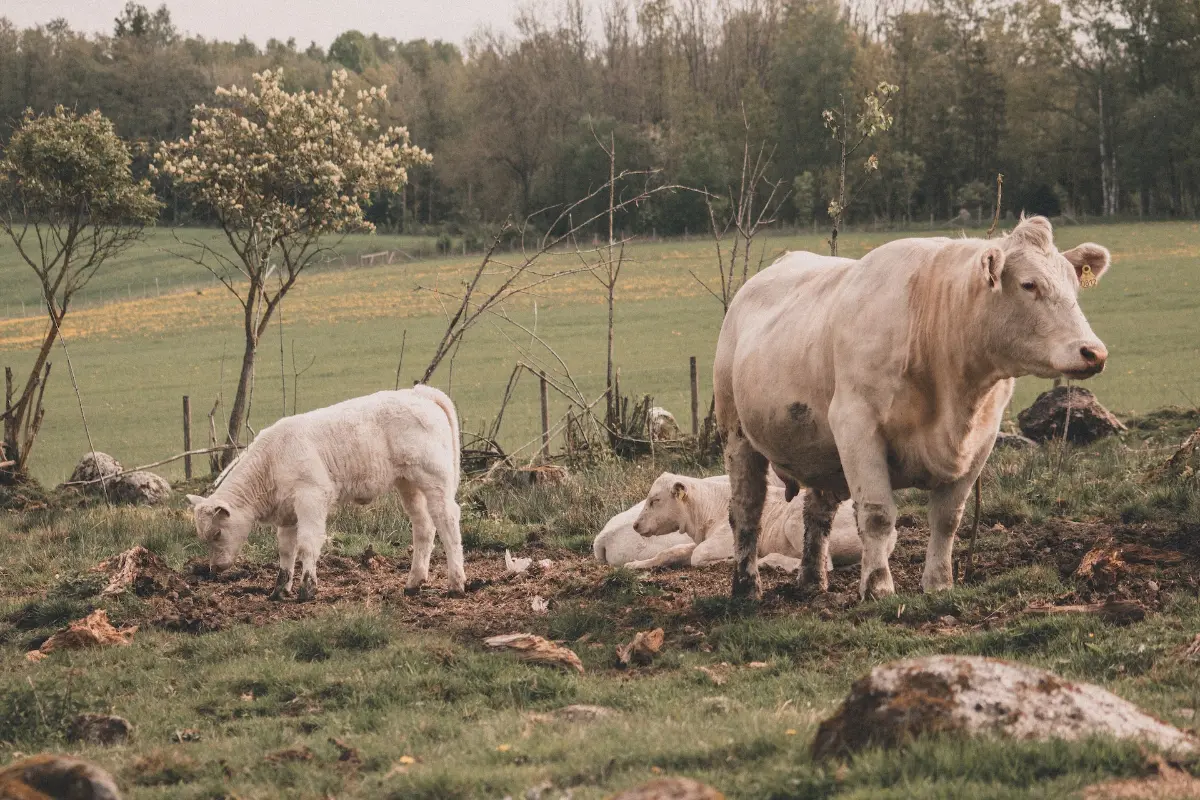
High quality straight from the French
It’s no wonder that we haven’t meet these majestic animals yet – Hungarian cuisine and consumers are less familiar with Charolais. But this seems to be changing: cattle from France is deservedly growing in popularity, as its meat is healthy, of high quality and can be used to make delicious dishes. And why? This is because Charolais meat from expert rearing and fattening is properly marbled, not too fatty, but not dry either (marbling is the tallow or fat embedded in the muscle fibres.) Tallow is responsible for the tenderness and flavour of the meat, so it is essential to have an optimum amount of it, which is easily achieved with this breed. And breeders like them for their calm temperament, good grazing ability and high growth rate.
All this is told by dr. Márton Török, the managing director of the Association of Hungarian Charolais Breeders. It’s clear from his words that Charolais is a real jolly joker: with high quality, tender and tasty meat. It is one of the best meat breeds when properly reared, fattened (and matured), compared to the Hungarian Simmental and especially the grey cattle, which are considered indigenous, and is also more economical, due to its higher growth rate and better muscling.
The first animals arrived to us from Slovenia
The first breeding stock arrived in Hungary more than 50 years ago, in 1971. It is interesting to note that animals born in France but from what was then Yugoslavia, now Slovenia, were imported to Borsod, to the State Farm in Szikszó. There the domestic breeding started and the breed spread all over the country. However, the eastern half of the country still dominates the Charolais population.
Today, the Association of Hungarian Charolais Breeders, founded in 1992 and responsible for the breed, has about 11,000 cows among its 240 members, of which about 4,500 are purebred, “A” pedigree animals. At the same time, 300-350 young breeding bulls are sold each year, which is far more than the association members need. This shows that the domestic Charolais herd is much larger, about 50-60,000, about a third of the domestic beef cattle herd.
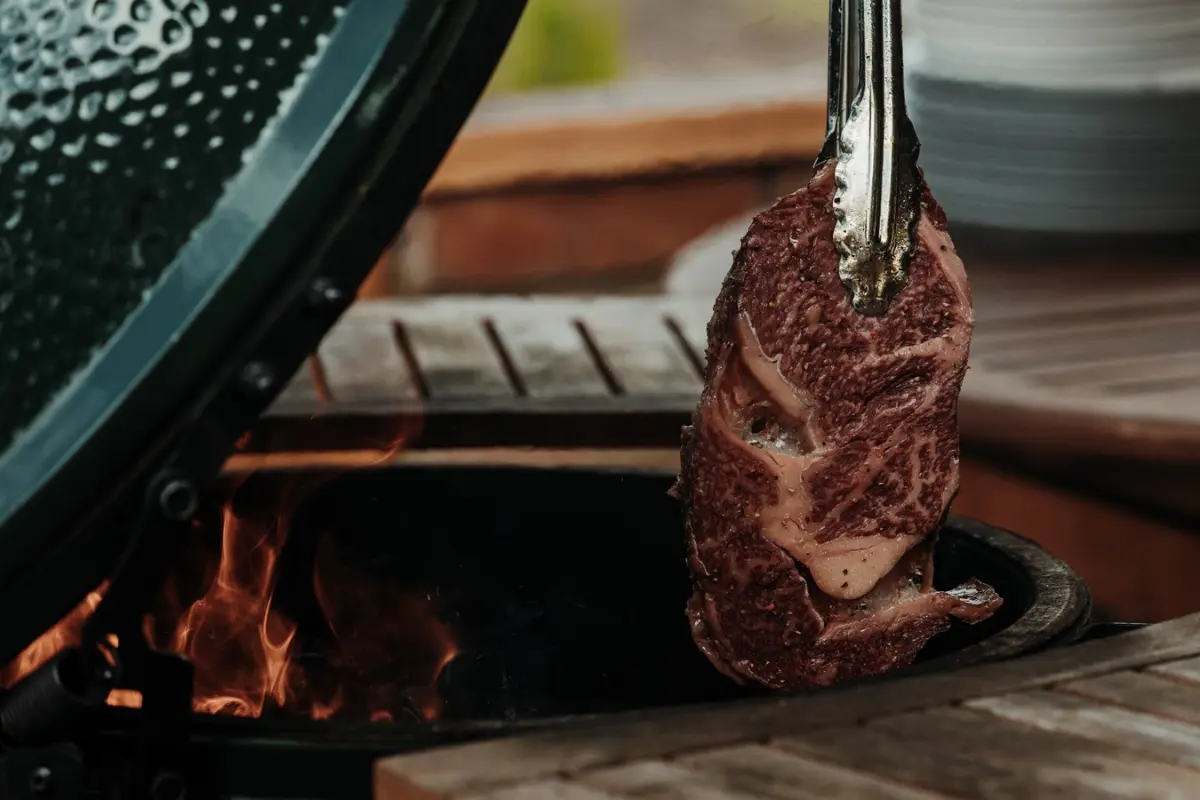
It can be used to make the most delicious dishes
The Charolais is a single-purpose cattle breed, bred only for its meat, but according to Márton Török, it is one of the best in the world: thanks to decades of conscious breeding. In fact, it is an excellent ingredient for any beef dish. For example, the tenderest cuts can be made from cured meat – curing is a special post-treatment process whereby the meat is stored for weeks at 4 ºC in a humid environment after cutting, before being cut into pieces. During this time, the meat will be softer and more tender, and the cooking time, which is much shorter than usual for Hungarian housewives, will be even shorter.
“Unfortunately, due to the low consumption of beef in our country, there are still few places where you can get high-quality Charolais beef. Faluvégi Hús in Hajdúszoboszló sells meat and meat products from its own stock, while NPK Beef in Pécsvárad also operates a restaurant and food trucks. Other smaller companies selling to local markets are Viharsarki Charolais and Harangod Meat,” he says.
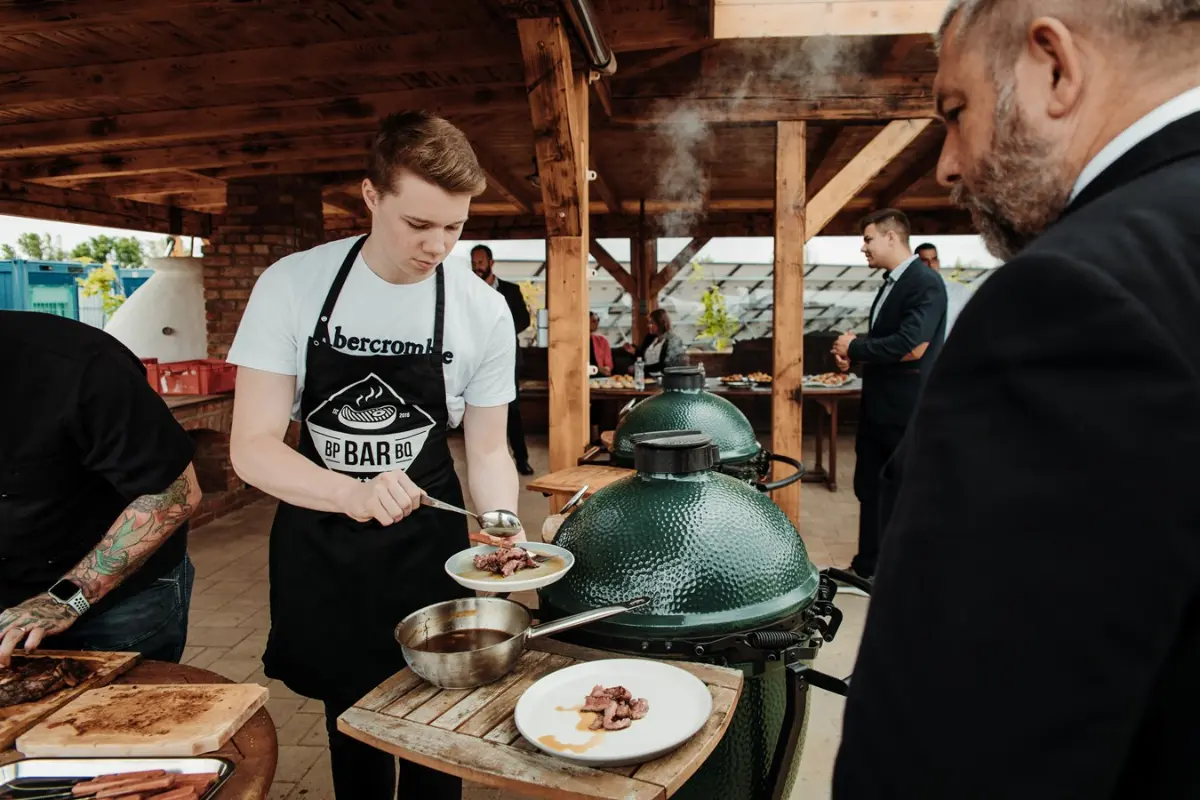
Márton Török adds that the issues of cattle farming and methane emissions are often raised in the context of climate change. The picture is more nuanced than that, he says, because the entire US cattle herd, for example, produces less methane than the bison and deer herds that lived in the same area before America was discovered. At the same time, cattle can utilise pasture land and by-products that cannot be used directly as a source of human food, but can be used to produce food of high biological value (meat, milk).
“The efficiency of livestock farming, including beef cattle farming, has improved dramatically in recent decades, and continues to do so today, so that the specific environmental impact of animal product production is showing a significant downward trend (15-27%),” he says, adding that more and more researchers are advocating moderate meat consumption.
